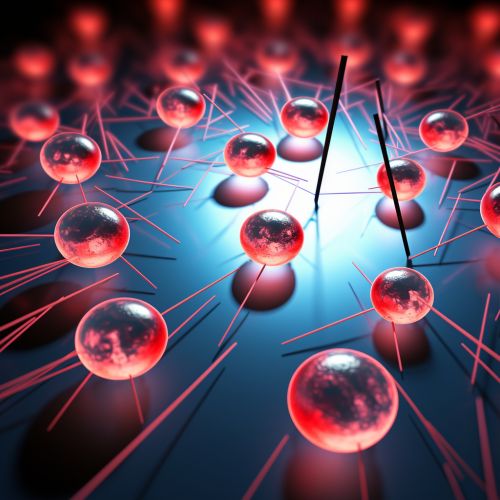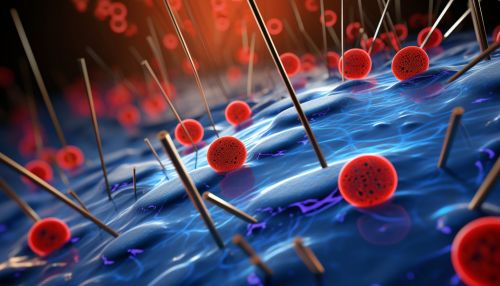Cell signaling
Introduction
Cell signaling is a complex system of communication that governs basic cellular activities and coordinates cell actions. The ability of cells to perceive and correctly respond to their microenvironment is the basis of development, tissue repair, and immunity, as well as normal tissue homeostasis. Errors in signaling interactions and cellular information processing are responsible for diseases such as cancer, autoimmunity, and diabetes. By understanding cell signaling, scientists can treat diseases more effectively and potentially design new drugs.
Types of Cell Signaling
There are four basic types of direct cell signaling: autocrine, paracrine, endocrine, and direct contact.


Autocrine Signaling
Autocrine signaling is a form of cell signaling in which a cell secretes a hormone or chemical messenger (called the autocrine agent) that binds to autocrine receptors on the same cell, leading to changes in the cell. This type of signaling often leads to cell differentiation.
Paracrine Signaling
Paracrine signaling is a form of cell signaling in which the target cell is close to the signal releasing cell. Neurotransmitters and neurohormones are usually considered paracrine signals.
Endocrine Signaling
Endocrine signaling occurs when endocrine cells release hormones that act on distant target cells in the body. The hormones are transported through the bloodstream to reach their target cells.
Signaling by Direct Contact
In some cases, signaling can happen through direct cell-cell contact. This usually involves the interaction of molecules protruding from the cell surface, allowing the cells to form a temporary or permanent physical connection.
Signal Transduction
Signal transduction is the process by which a chemical or physical signal is transmitted through a cell as a series of molecular events, most commonly protein phosphorylation catalyzed by protein kinases, which ultimately results in a cellular response. Proteins responsible for detecting stimuli are generally termed receptors, although in some cases the term sensor is used.
Receptors
Cell surface receptors, also known as transmembrane receptors, are cell surface, membrane-anchored, or integral proteins that bind to external ligand molecules. This type of receptor spans the plasma membrane and performs signal transduction, converting an extracellular signal into an intracellular signal.
Ligands
A ligand is a substance that forms a complex with a biomolecule to serve a biological purpose. In protein-ligand binding, the ligand is usually a molecule which produces a signal by binding to a site on a target protein.
Intracellular Signaling
Intracellular signaling is part of any communication process that governs basic activities of cells and coordinates multiple-cell actions. Intracellular signals can control the activity of a cell, and can also regulate gene expression.
Cellular Responses
The final outcome of a signaling pathway is the cellular response. This can involve changes in the behavior of the cell, changes in gene expression, or proliferation and apoptosis.
